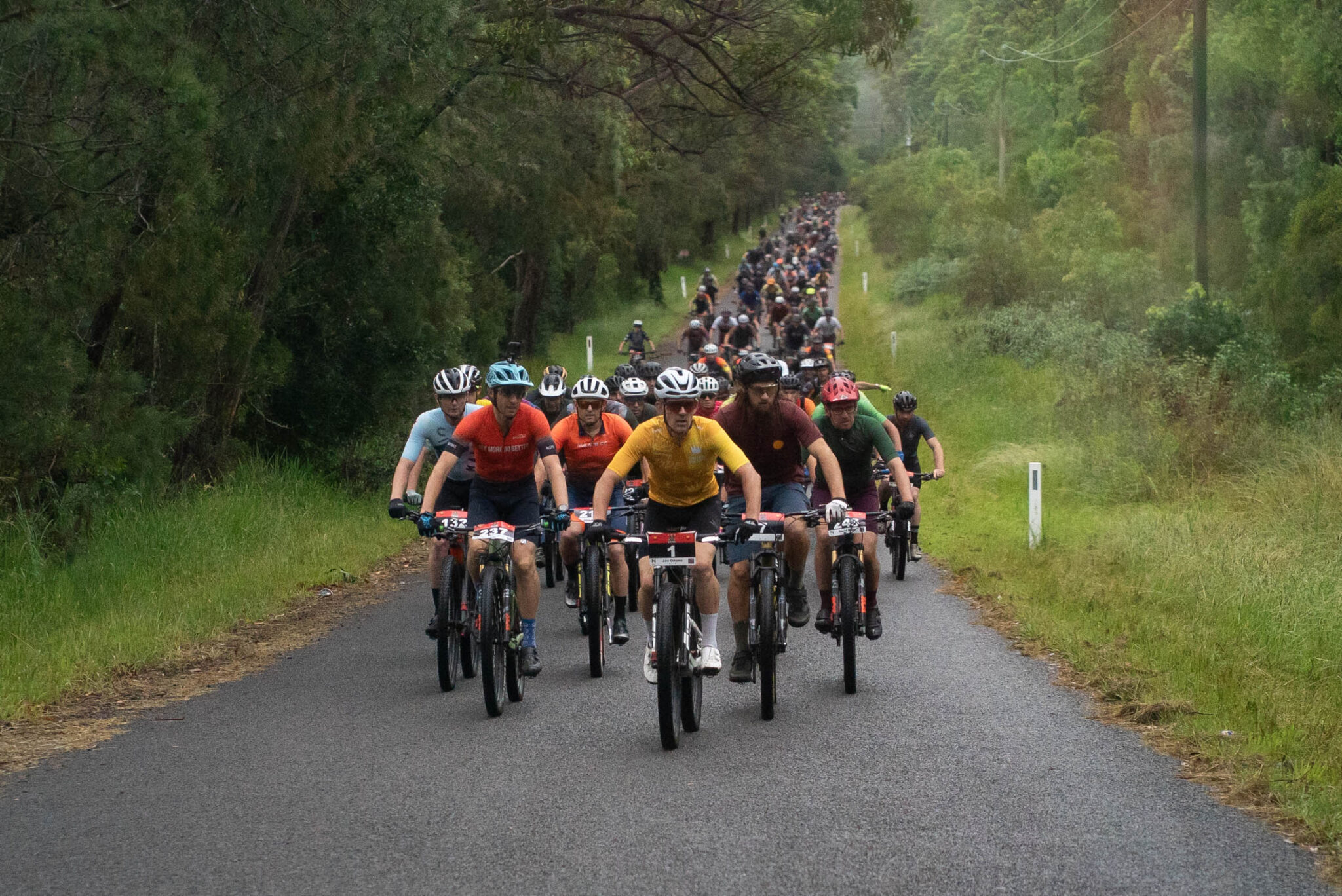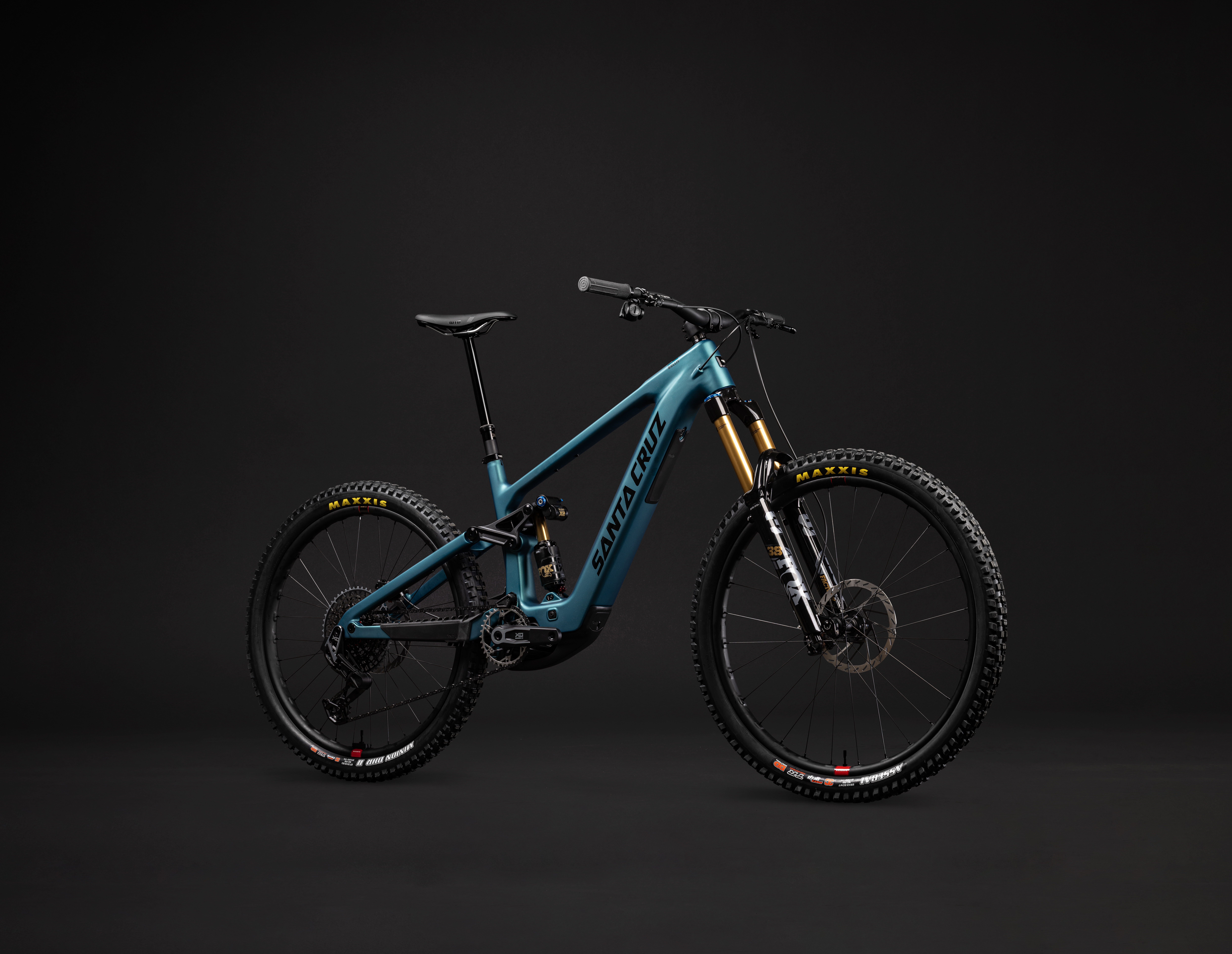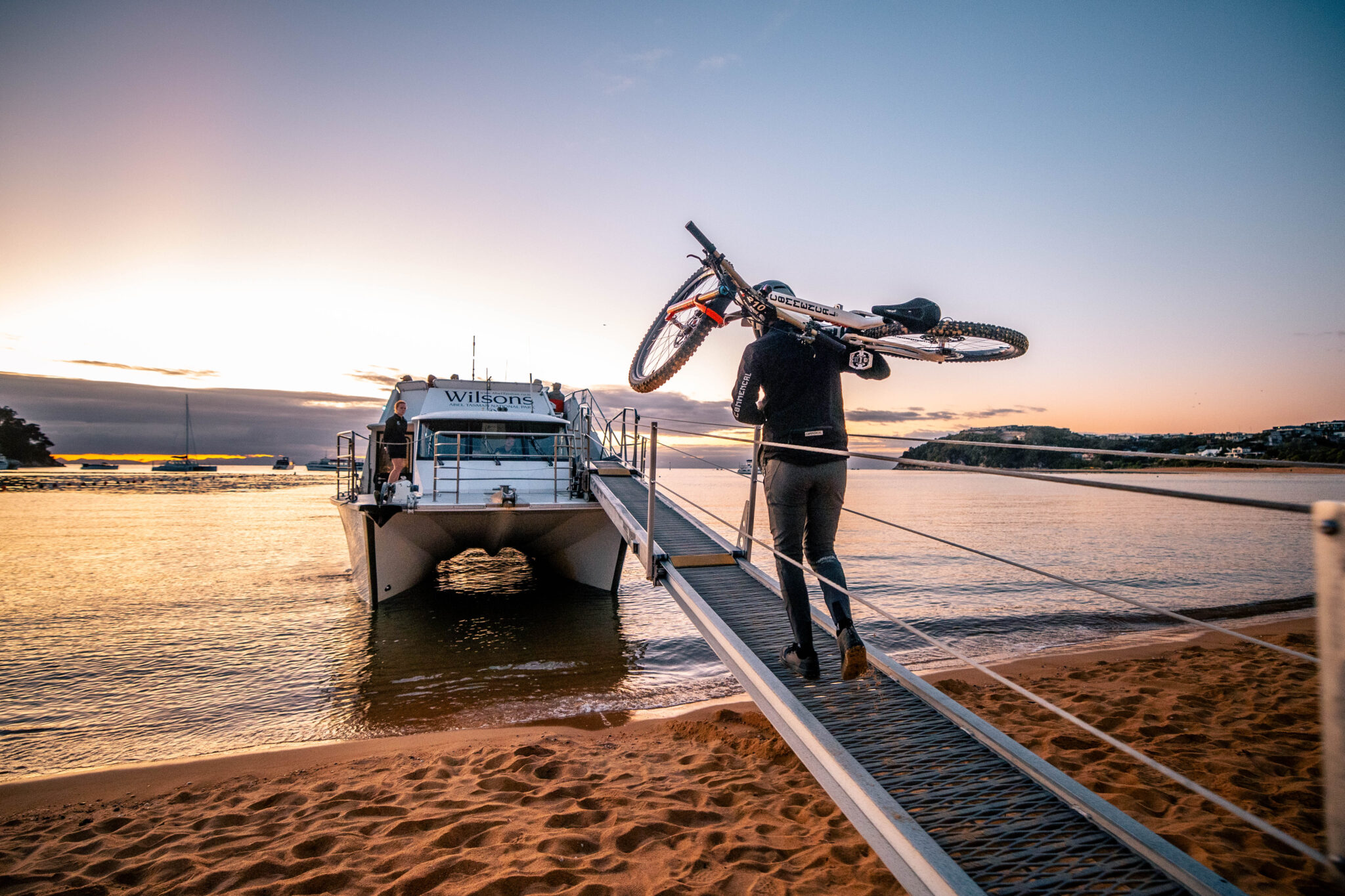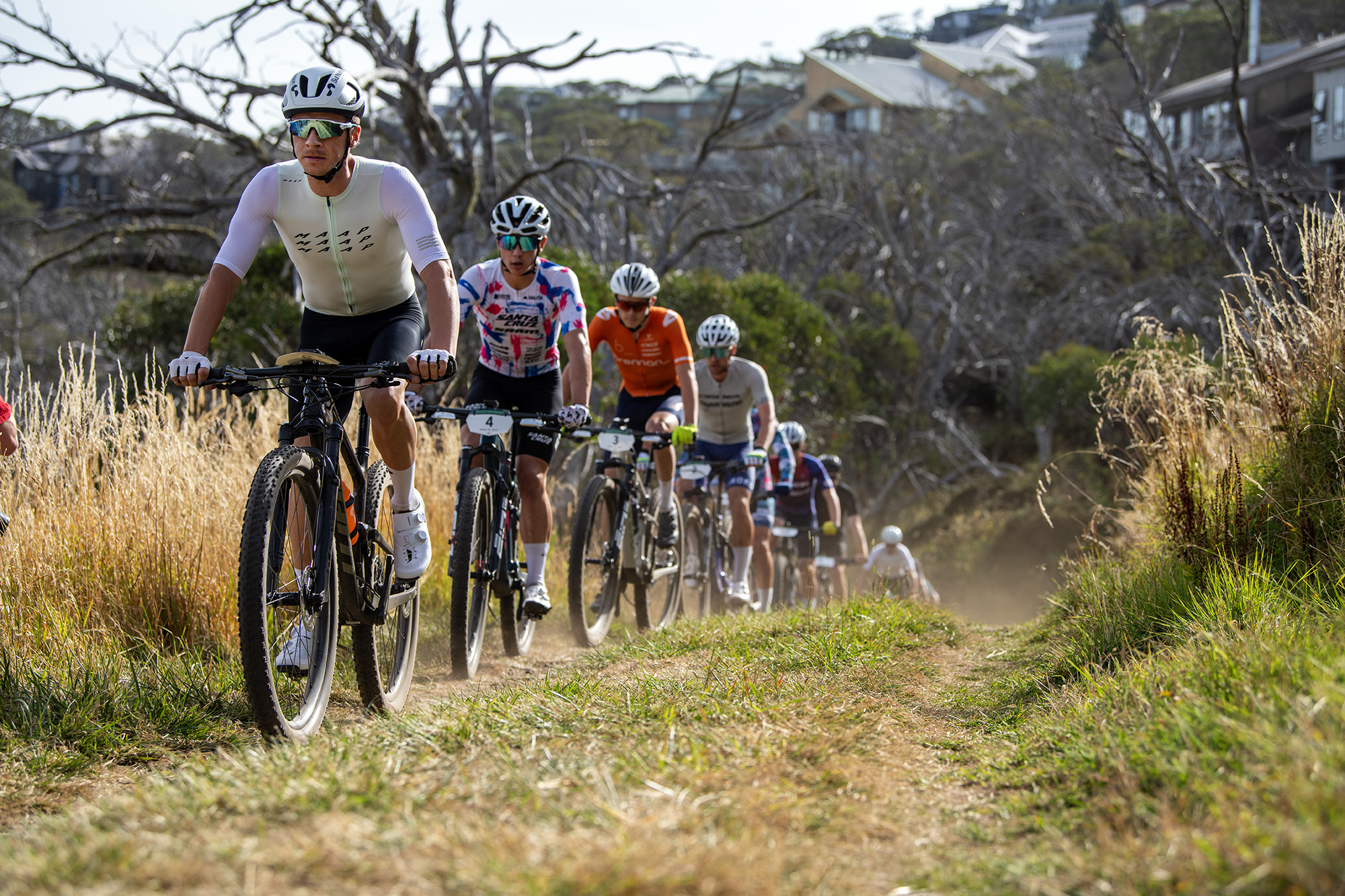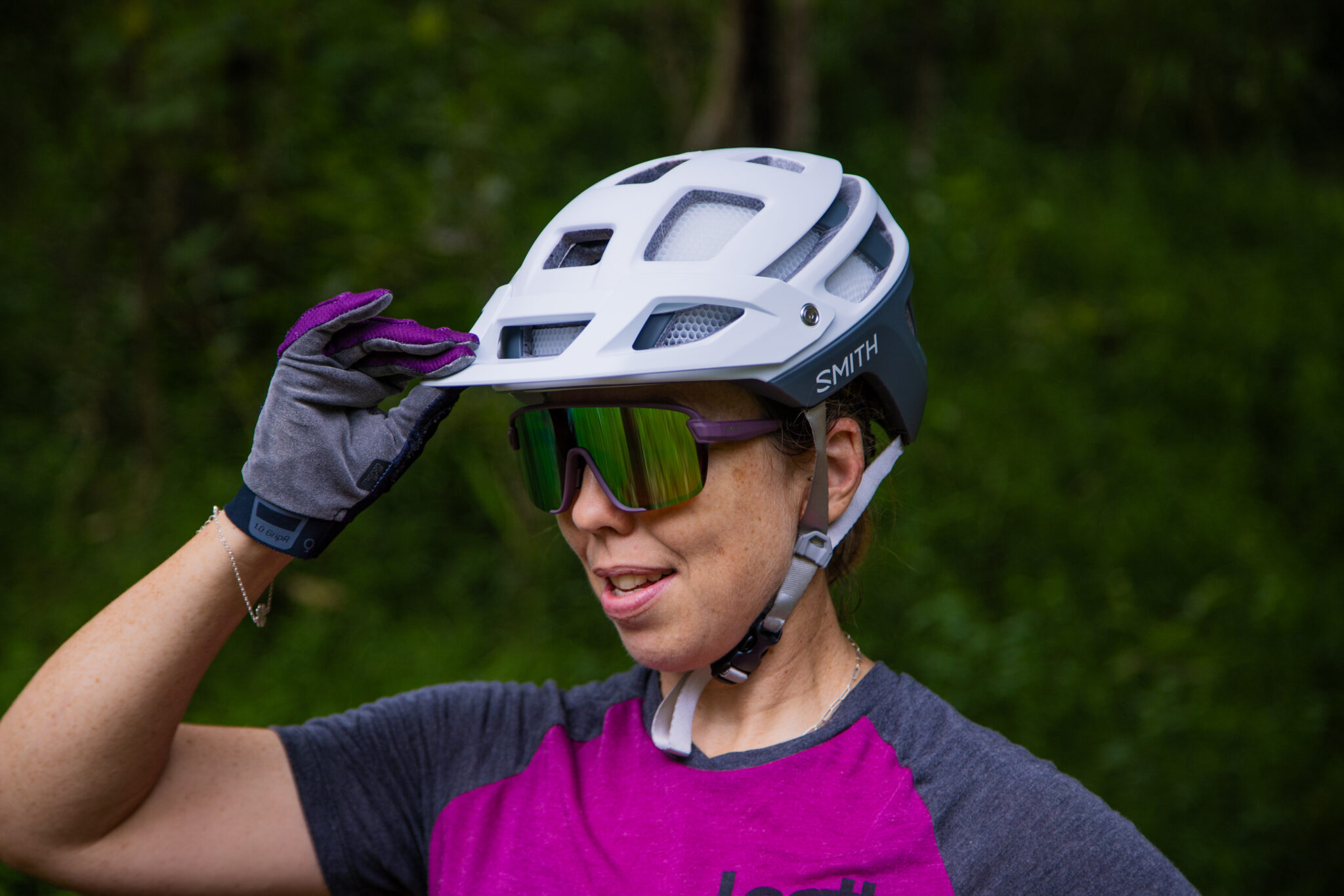7 things I learnt riding in snow
What do you know about riding your bike in snow? Could it be your next mountain bike adventure this winter?
After close to a week playing with bikes in the snow, visiting Gstaad in Switzerland for the Snow Bike Festival, I can honestly say it taught me plenty of things about riding bikes, but also reinforced a number of things I already knew, but like many of us, I get lazy about.
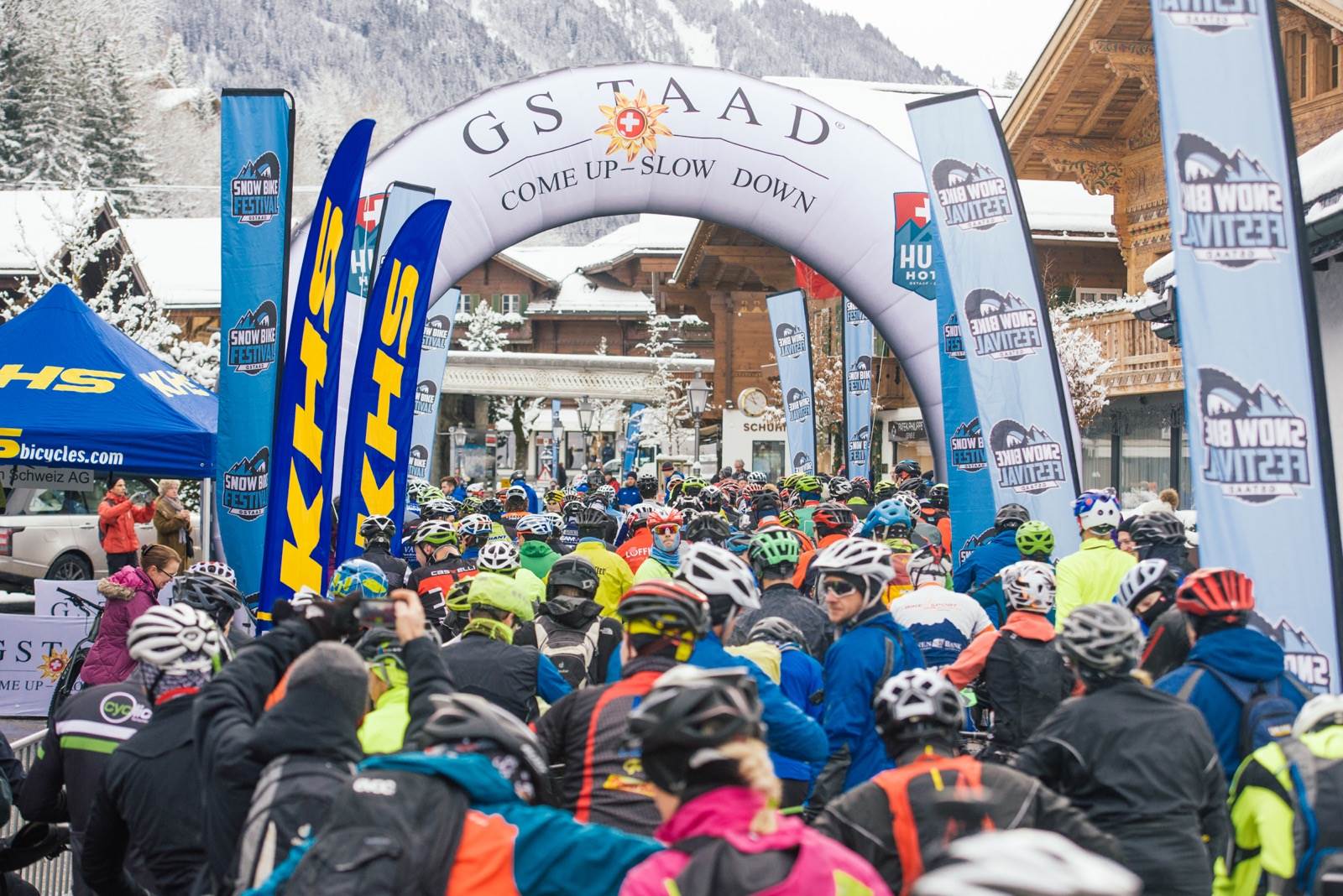
Need some tips with your riding? Check out our skills features!
Riding in a mix of snow conditions, from icy compacted snow, to rutted old snow, to fresh powder, slushy melty snow and mixes of all of the above on climbs, descents, flat sections and off-camber traverses made for a testing, fun and at times frustrating or comical few days on a bike. The Snow Bike Festival had a prologue, then 3 stages of racing, plus a night time eliminator race. And while it is a UCI categorised race, it is also a whole lot of fun, and a way to experience the Swiss Alps by bike in winter.
Get into fat biking this winter – here's how.
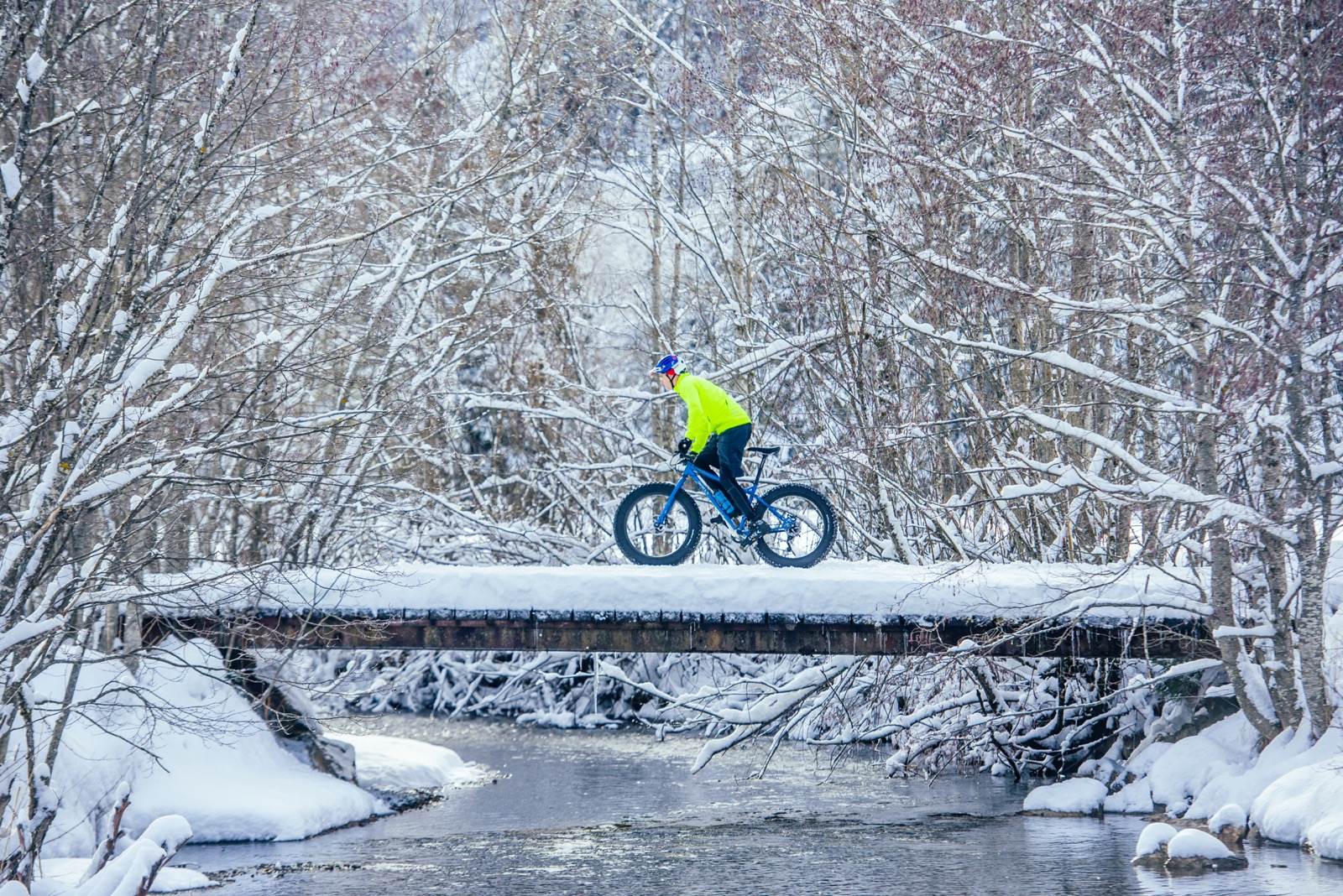
Think and plan ahead
We all know looking down the trail helps for line selection, and nothing could be more true on the snow too. While it might look like a big blanket of white ahead – it never is. But while the colour of well-worn lines is obvious, on the snow, it still mostly all looks white at a glance. So you really need to look ahead and see what might influence the condition of the trail – either wind making a bowl of powder, a sunken area suggesting there is a ditch, or the inevitable pale blue of ice. It pays to look!
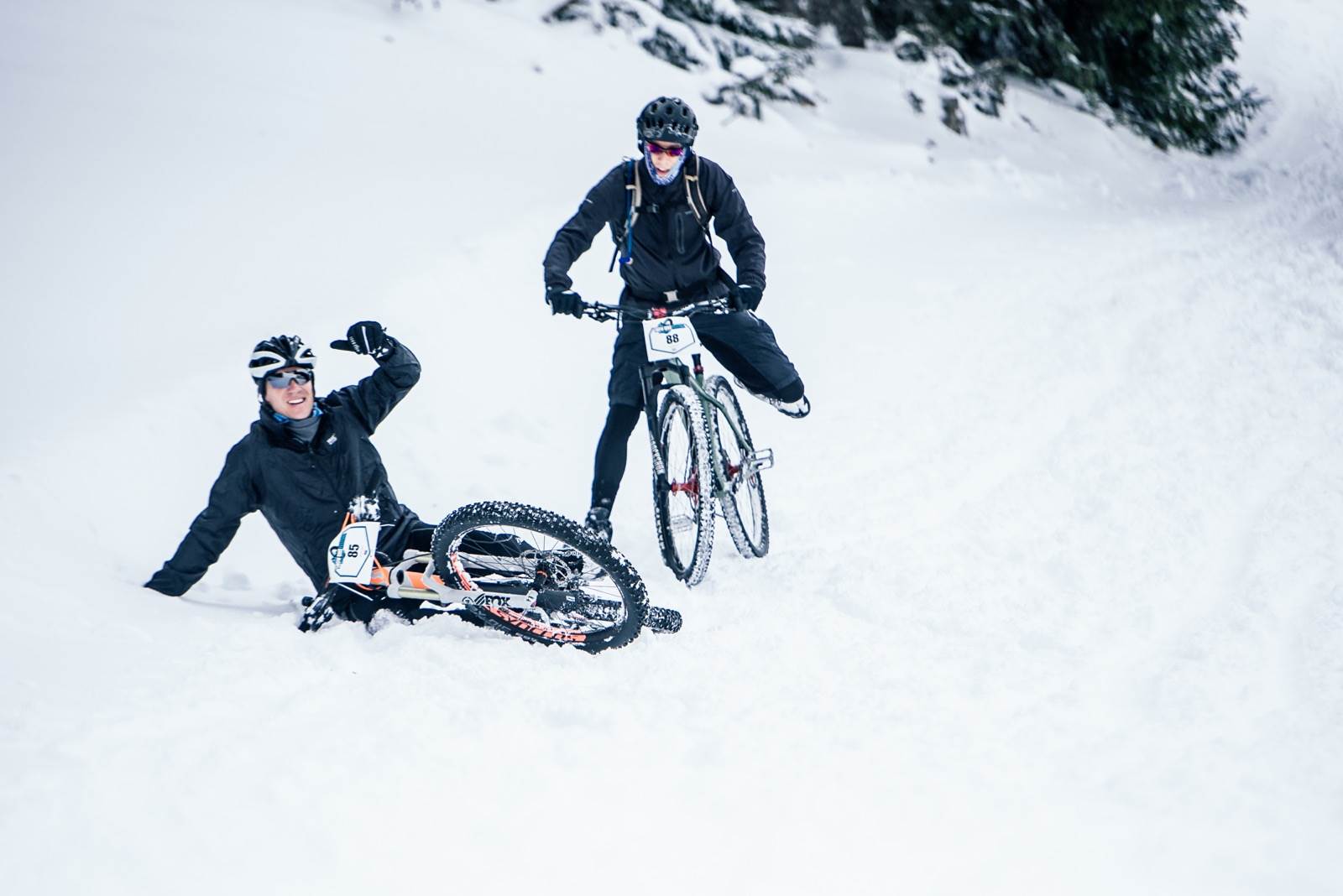
Relax your upper body
Riding locked up never works, and although riding on snow feels really different at first, it is really important to sit up, sit back and relax. If you ride with a death grip, you end up too front heavy and the front wheel dives, or tracks into ruts. So sit back, let the big tyres float (or skinny tyres cut in – see below) and have some fun!
Get your pressure right
Tyre pressure is everything, especially if you're using a plus or fat bike. With such a high volume tyre, you're really running very low pressures. Add in a surface like snow (or sand!) and it is even more important. I was running about 6 psi at first, then ran as low as 4.5psi. You can't really check that with your thumb or a track pump – use a digital pressure gauge. And get used to using it on any bike you own, you'll be surprised how much consistency helps.
Don't forget to drink
You're just riding in the cold, right? Sure, but you still have to work pretty hard! It can be difficult to remember to drink when the conditions are sub-zero, but don't think for a minute you're not getting dehydrated either by sweat, or from breahting a lot of cold and dry air. I used a Camelbak Podium insulated bottle to keep water slightly warm (and certainly not slushy) and made sure I drank a whole bottle once finished a ride too.
Sure, then you can have a beer, schnapps or gluhwein.
Speed is your friend
You know how when you try to start riding on loose rocks, or sand, it's hard to get started? Well, it's the same on snow. And just like some rough sections are better at speed, if you can maintain your speed on snow you don't tend to sink in. So on soft, powdery snow, it is really worh pedalling hard and sitting up to keep moving and to stop the front wheel sinking. The downside? You might finish a flat section feeling like you just sprinted up a climb. But you're doing better than anyone stuck in deep snow.
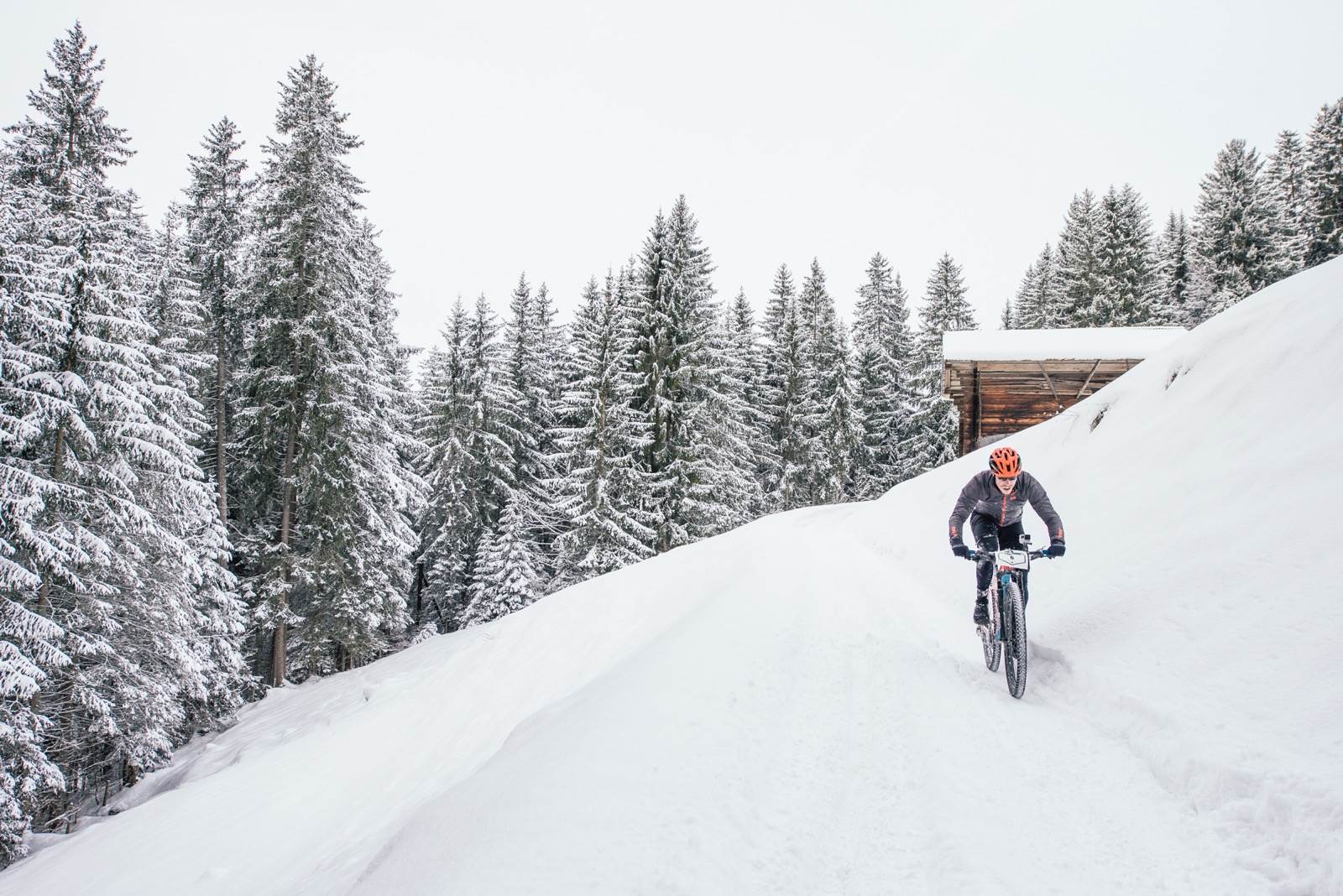
Spin to win
Just like speed is your friend, so is a high cadence. Keeping a consistent cadence where you aren't bouncing in the saddle, but you're making putting jerky pedal strokes either, is key. This means even if it's a bit icy on a climb you are unlikely to break traction, and you are less likely to get bogged down in soft snow. But still, it takes a bit more aerobic effort!
You don't have to have a fat bike
This was the biggest thing I learnt. I rode a Norco Bigfoot, but many riders used plus bikes, 29ers, 27.5" wheeled bikes, or even 29ers with modified 27.5" wheels with very wide rims and tyres as wide as they could fit in their frames and forks. Big tyres will float over fresh snow and soft, compacted snow. But if it's cold (below freezing) or slushy (a few degrees above freezing) then a normal bike might be ok.
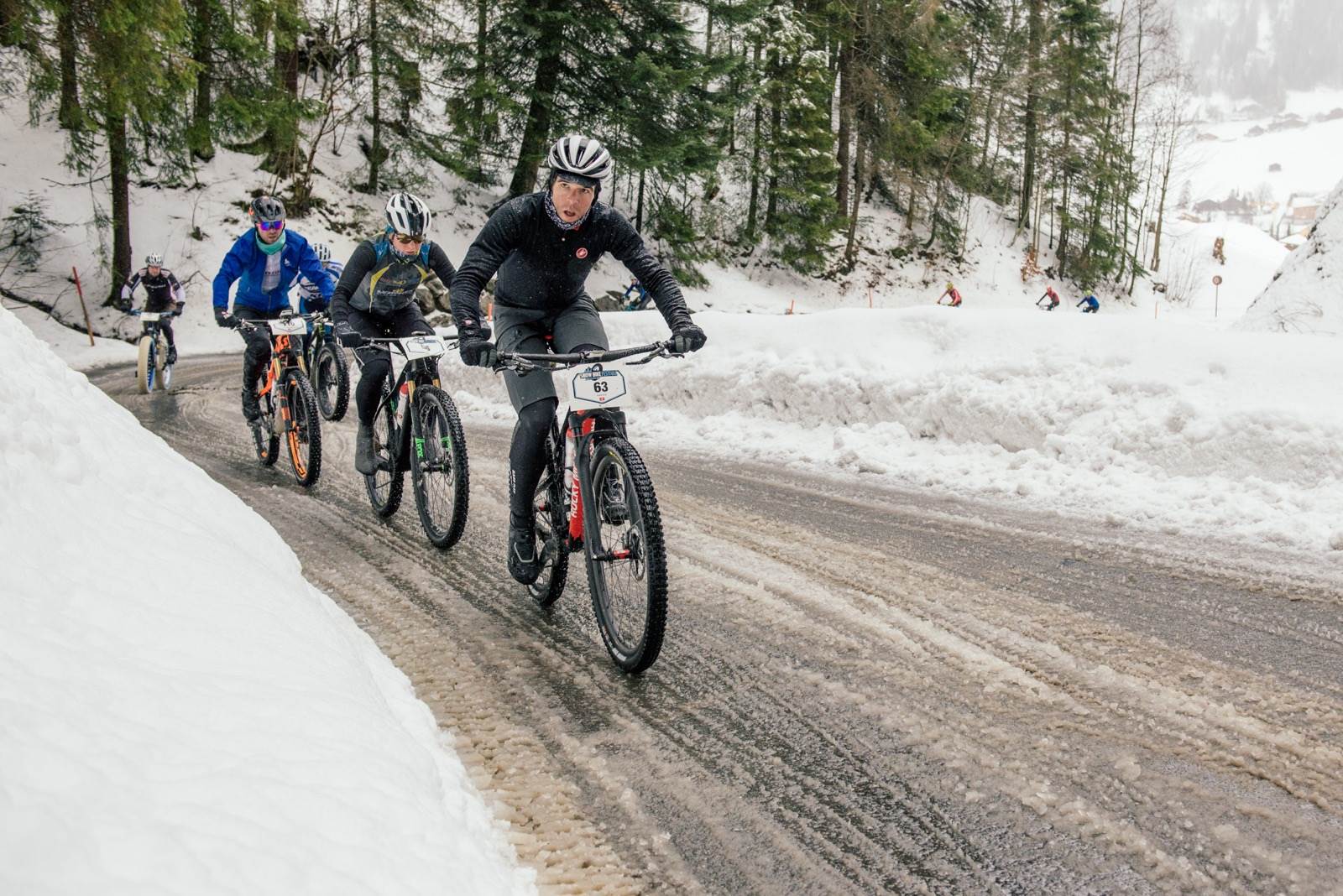
Don't miss the full feature on snow biking, and the Snow Bike Festival, in a coming issue. And if conditions are right, we'll be heading down to the Snowy Mountains this winter for sure!
All photos: Snow Bike Festival/Wayne Reich

